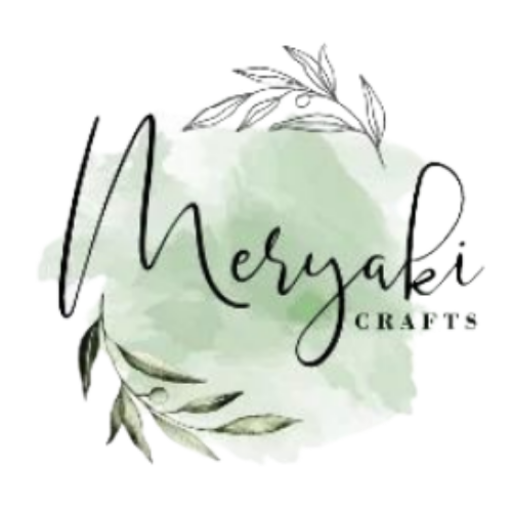INDIGENOUS WARLI PAINTINGS – TRIBAL FOLK ART THAT GOES BACK IN TIME
An art form that can be traced to 3000 BCE, Warli art is an artistic expression of everyday life experienced by tribals of western India
The enigmatic Warli art trail
An almost 3 hour scenic drive from Mumbai to Dahanu takes you to the home of the Varli tribes of Maharashtra. These agrarian tribal clusters are scattered along the Maharashtra-Gujarat border in the areas of Nasik, Dhule, Talasari and Dahanu in Maharashtra, and Valsad in Gujarat. You will even come across the tribal community in Daman, Diu, Dadra and Nagar Haveli.
While documented evidence traces the interesting Warli art to around 3000 BCE, they bear a striking resemblance and kinship to the cave and rock paintings of Bhimbetka in Madhya Pradesh. No wonder, there is a commonality in the motifs from Saura and the Chittara folk paintings!
The creation and nature of a Warli painting
Tracing societal life and the endless circle of life and death, marriage, cosmic forces, harvesting and natural flora and fauna, are some of the themes and topics that Warli art paintings are based upon. This is what differentiates it from other common folk paintings. In the sense that mythology is not a theme, nor are bright and vibrant colors utilised. Although, it does share a feature common to Madhubani paintings. It is the women who primarily are the artists, and this art is traditionally created on the walls of their homes.
Geometric motifs form the basis of Warli art. Two dimensional in format, circles, squares and triangles are the main shapes utilised to create a Warli painting. Rudimentary by nature, and therein lies it’s inherent beauty, Warli motifs have little sense of proportion. However they form an important alternative mode of expression since the Warli tribe does not possess a written script.
Traditionally created by married women, the wall surface of the mud house is prepared by cleaning it, and then applying cow dung followed by geru. Rice paste is used to paint the white Warli figures. A circle represents the sun and moon, the triangle symbolises mountains and pointed trees. Human and animal figures are represented by two triangles joined at the tip. This also implies balance in nature, and between the couple.
Important themes behind a Warli Painting
The Warli painting theme may either be ritualistic or non ritualistic in nature. Lagna Chauk (marriage square), Dev Chauk (God square), Kanna Chauk (symbol of virginity) are some examples of ritualistic paintings. Paintings focused on agricultural activities, hunting scenes, festival depictions are examples of non ritualistic ones, which are for decorative purposes and do not serve any ritualistic significance before, during or after the painting.
The motifs act as symbols that are to be derived and found meaning of. For example, the triangular patterns used to denote human, animal and leaf motifs, are symbolic of female reproductive organs and are associated with fertility. It also represents the fire element. Or the famous Warli Tarpa dance painting, where the Tarpa dance is depicted in an anti- clockwise pattern, that signifies cosmic energies because they believe that it always flows anti clockwise, with the Tarpa player at the centre.
Warli art today
Warli art drew attention in the 1970’s, when the now famous Warli artist Jivya Mashe began producing the paintings everyday without a ritualistic purpose. Soon, the folk paintings were recognised not only in India but abroad as well. Aided and supported by the encouraging efforts of Bhaskar Kulkarni, artist Jivya held his first exhibition at the Jehangir Art Gallery in 1975, which was widely received. Post it, he exhibited successfully in France, Germany, Italy and the U.S. This became a major source of encouragement to the other Warli artists, many of whom have also exhibited their paintings internationally.
For instance, another popular Warli artist, Shantaram Chintya Tumbada created a huge mural adorning the six-storey wall of the Tony Garnier museum of Lyon, France. The mural depicts village life that includes ploughed fields, market scenes and everyday life.
Warli today has evolved onto home decor and utility items such as coasters, serving trays and even on textile and saris, as an eye-catching and attractive design print.
Check out brand Coca-Cola’s famous “Come home to Diwali”; campaign in 2010, which captured the Warli human motifs in an animated version, and was featured on the coke bottles as a special festive Diwali edition!
